Graphic
Izzy McBeth The Playbook
-
Tauira / Student
Izzy McBeth -
Kaiako / Lecturers
Tatiana Tavares, David van Vliet
-
School
AUT Art + Design 2025

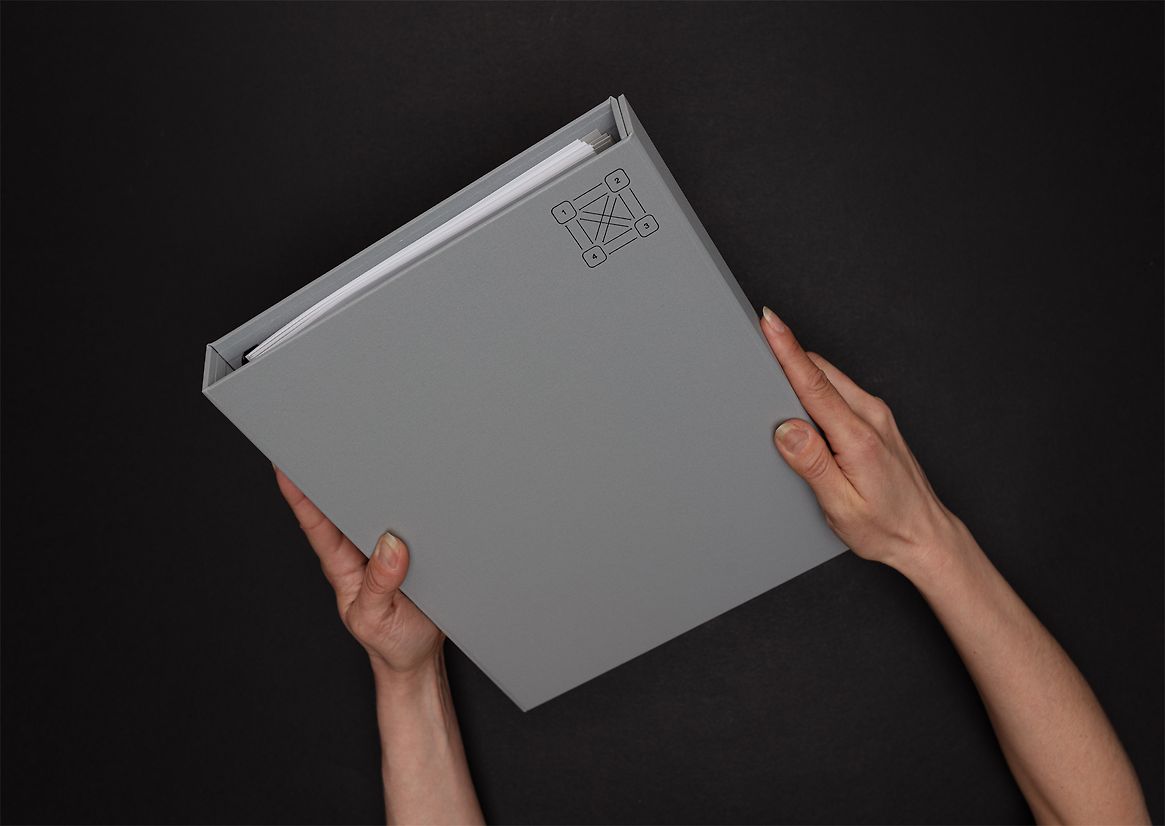
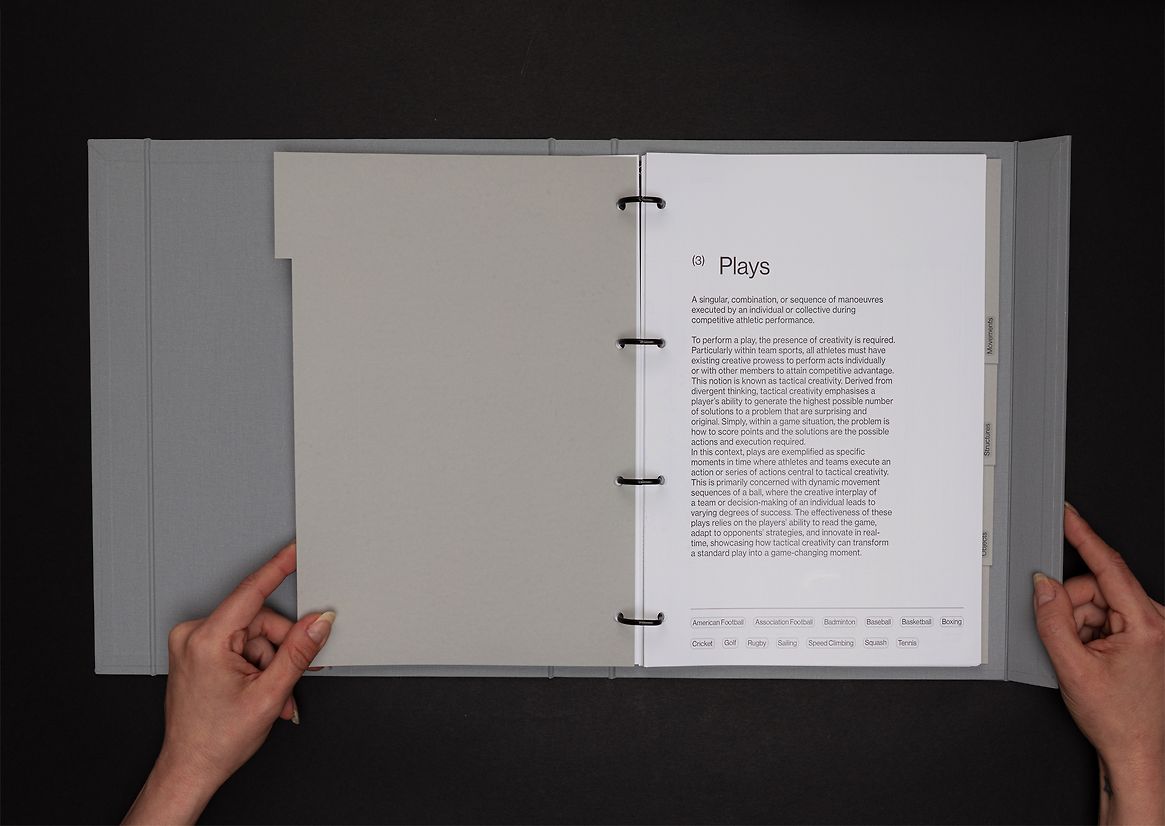
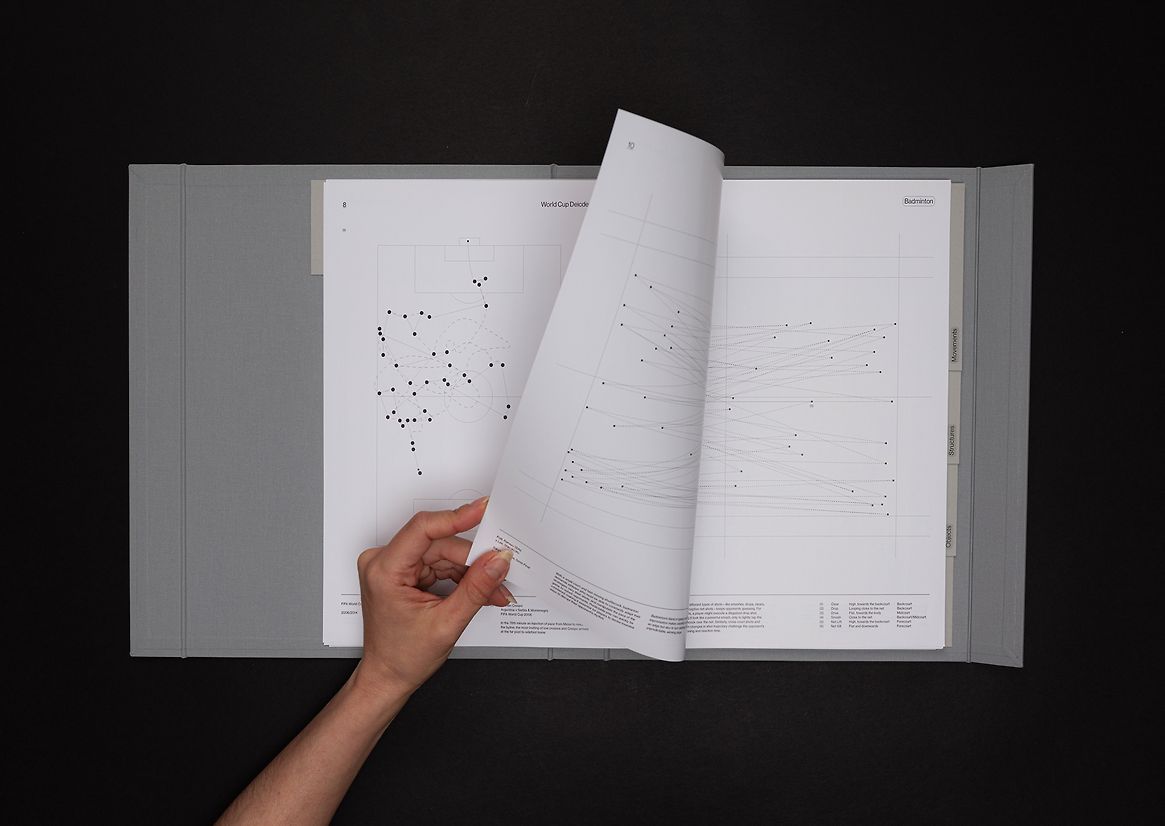
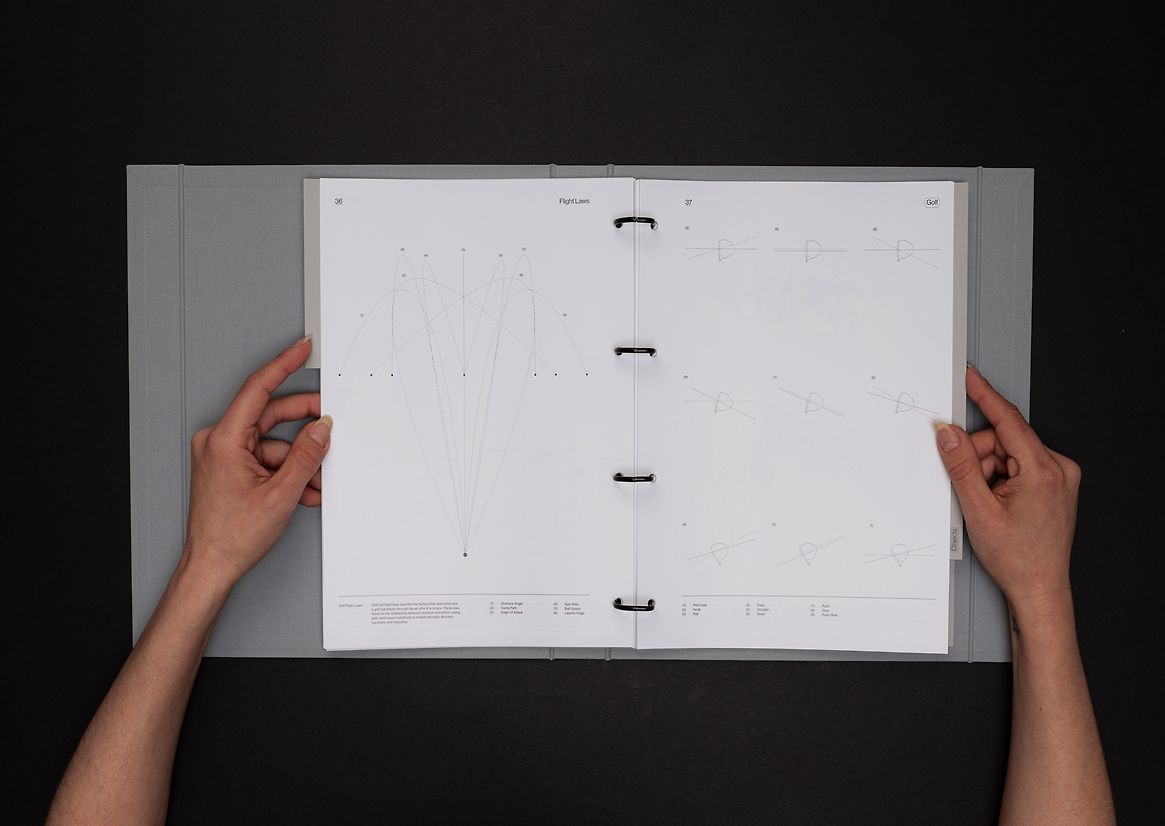

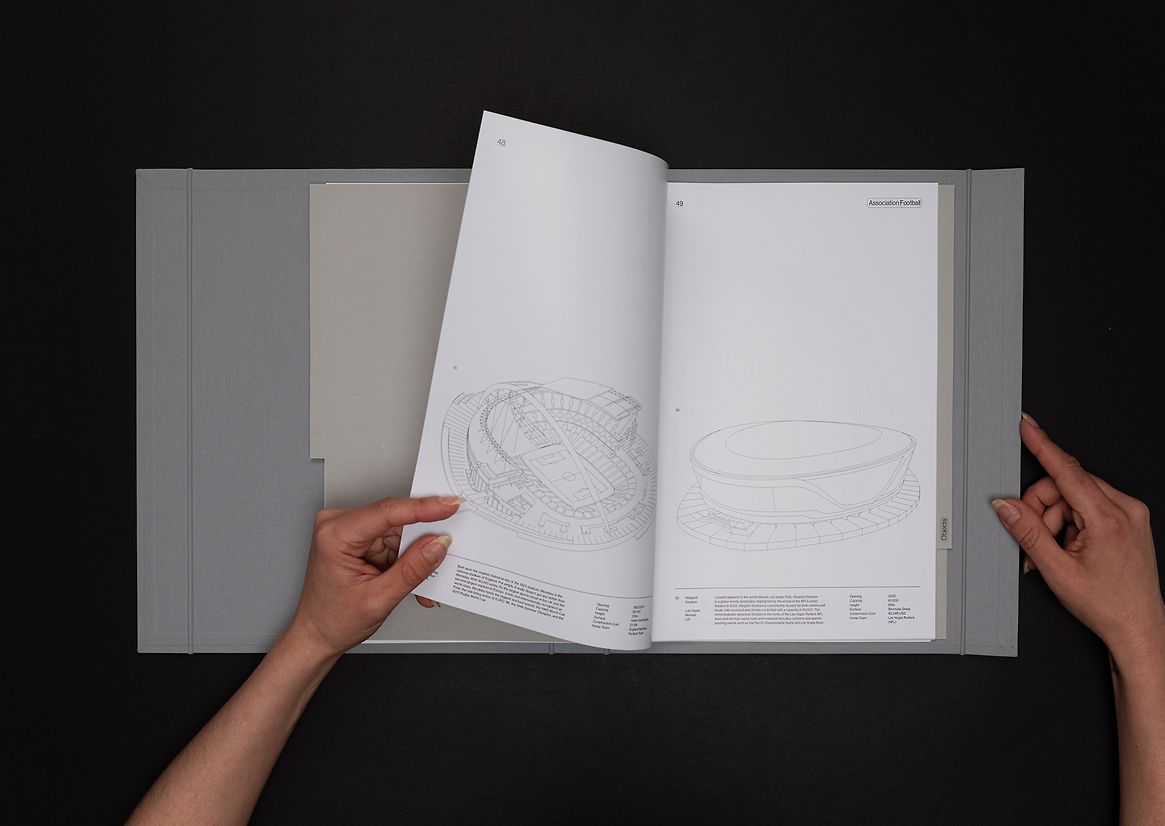
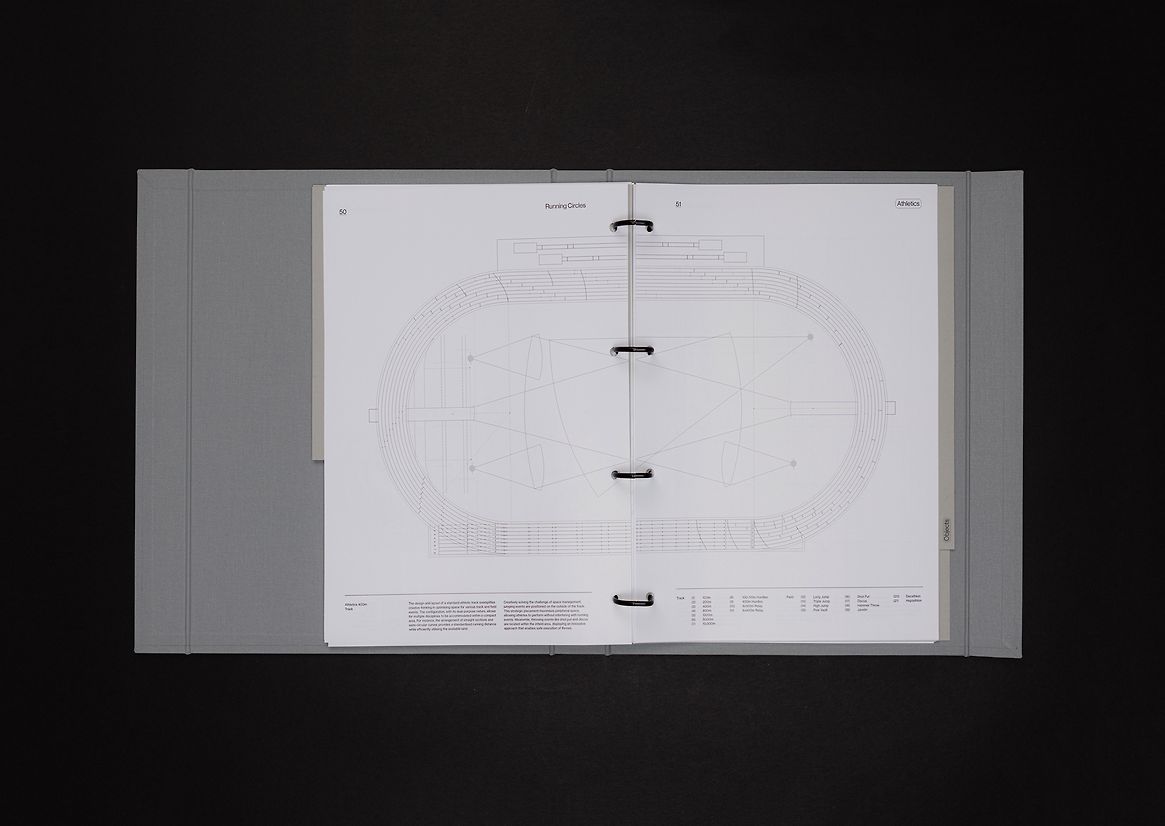


Description:
In contemporary sporting culture, creativity is often confined to traditional definitions of artistic practice, leaving the strategic and expressive elements of sport overlooked. The Playbook addresses this gap by reimagining sport through the lens of visual communication. The project positions design to analyse, interpret, and present the inherent creativity found within athletic environments— bridging the gap between two seemingly separate worlds.
The project was driven by a central question: How can the visualisation of movement and spatial data provide insight into the creativity of sport? Drawing on personal experience and practice-led research, I explored this idea through the development of a categorised compendium that maps creativity across 15 different sports. The content is organised into four themes: Plays, Movements, Structures, and Objects, allowing readers to encounter creativity in both the spontaneous and the engineered.
The approach combined quantitative data and qualitative observation, translating complex moments of gameplay, structure and motion into clear, engaging visualisations. Techniques such as motion-trace illustration, layered mapping, and spatial analysis were used to dissect everything from coordinated team strategies to the geometry of stadium architecture. These were designed using a consistent visual system—line weights, symbology and annotation—to ensure accessibility for both sporting and non-sporting audiences.
The final output is a ring-bound, alphabetically organised publication housed in a blind-embossed slipcase. It borrows the tactile and navigational qualities of a technical manual, while presenting content with the visual clarity and narrative flow of a design object. Designed for discovery, the compendium invites users to engage with sport as they would with a field guide—curiously and on their own terms.
The Playbook is as much about redefining the boundaries of design as it is about sport. It uses the principles of translation design to reframe complex, specialised information into something approachable and thought-provoking. It encourages a broader, more inclusive view of creativity—one that sees value not just in the traditional arts, but in the tactical, physical, and strategic elements of everyday human expression.
As a final-year design project, it demonstrates the potential of visual communication to reveal new narratives, bridge disciplines, and shift public perception—using design not just to style content, but to create new ways of seeing.
Judge's comments:
A refined example of colliding two subjects together, sports and creativity. Harnessing a range of different visual techniques and embodying the spirit of experimentation and multi-disciplinary thinking.